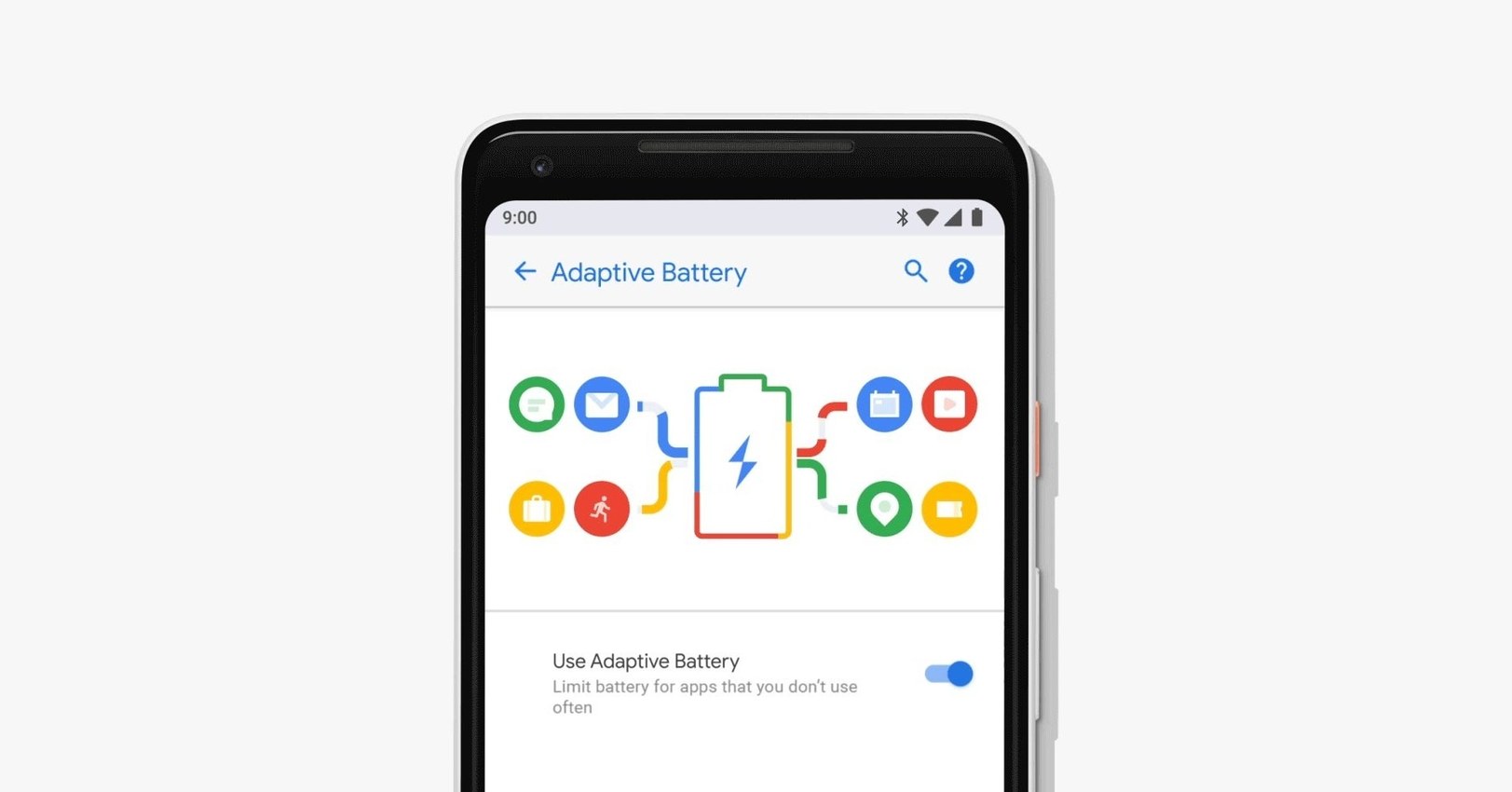Assistant Gets Even Smarter
Google Assistant has six new voices (including one voiced by John Legend!). You can select one of these to make Assistant sound more like a real person and less like a machine. Furthermore, you no longer have to prompt Assistant with “Hey Google” every time you want it to pay attention. After an initial prompt, it can understand when a conversation is continuing and can answer follow-up questions without the wake word. You can also ask multiple questions at once, like “Who is John Legend’s wife and why is she famous?” Google’s also bringing Assistant into Smart Displays, designed to better surface visual information. If you have one of these new screen-bearing devices, you can ask Assistant for a recipe and Google can bring up a Tasty video. Ask to change the temperature, and Google lets you adjust it on the Nest thermostat app.Google Duplex Makes AI Sound Human
Don’t freak out, but Google’s AI now sounds… human. One of today’s wildest demonstrations involved a new voice-powered AI called Google Duplex making a restaurant reservation over the phone. The machine voice sounded hyper-realistic, even adding in filler words like “uh” and “mmhm.” Google pitched this as the savior from making your own appointments and reservations. But it could also signal a major moment in understanding what voice assistants can do, and how we should use them in the future.Hey Google, Please Be Nice
Like most machines, Google Assistant responds to whatever command you bark at it, as long as it’s prefaced with “OK, Google.” But with a new feature called “Pretty Please,” you need to add the magic words “please” and “thank you.” The feature encourages kids (and adults) to talk to Assistant politely, in a time when there are virtual assistants in more households than ever before. Notably, the new feature comes just as Amazon releases its Echo Dot Kids Edition, a smart speaker specially designed to teach your kids manners at home.Use Your Phone Less with Android P
The next version of Android is all about making your phone work for you. An adaptive battery feature predicts which apps you’ll use at what time, and saves juice by reducing app wakeups. The update makes it easier to surface the apps you need based on past habits, and comes with simplified gestures, like bringing up the rotation lock button when you turn your phone sideways. Most importantly, Android P gives you all kinds of new ways to not use your phone: A new dashboard shows you how much time you’ve spent in an app, a gesture called “shush” puts your phone into do-not-disturb mode when you flip it facedown, and a “wind down” mode turns all of your apps to grayscale after bedtime. Those features will roll out when Android P is released later this year, but you can experience it in beta on Google’s Pixel phones and seven other Android devices starting today.Google Invents the Term “JOMO”
Better digital interactions aren’t just a feature of Android P, but part of the Google ethos. Pichai says “digital wellbeing” will course through every platform at Google. In the coming year, we can expect more tools to analyze our behavior on Google’s platforms and new toggles to encourage us to log off. Even YouTube, which Google owns, will now tell you to take a break after a video-watching binge. Pichai described it as a shift from “FOMO,” the fear of missing out when we’re not near our phones and computers, to “JOMO,” the joy of missing out on wasted time in front of a screen.New Tools for Visual Search
At the same time, Google wants people to spend more time on certain platforms—like Google Lens, its visual search tool, which now lives inside the native camera apps on more than 10 Android phones. Lens is designed to make it more convenient to search the world around you through your camera. The updated Lens can now recognize words—you can even copy-and-paste words from a photo—and a feature called Style Match can help you find real-world objects on the web. We have an exclusive look at the new Google Lens here.An Update on Self-Driving Cars
Google’s artificial intelligence efforts extend well beyond handsets and smart speakers. Waymo, the company’s self-driving car unit, has been siphoning the company’s AI power to develop the future of transportation. “Today Waymo is the only company in the world with a fleet of fully self-driving cars, with no one in the driving seat, on public roads,” John Krafcik, Waymo’s CEO, told the audience Tuesday at I/O. That’s about to go even further: Later this year, Waymo will launch its first driverless transportation service in Phoenix. Just open an app, call a ride, and a fully autonomous vehicles—as in, no human hands on the wheel—will pull up to pick you up. Like Uber, but for self-driving cars.Augmented Reality Comes to Maps
You know that feeling when you pull open Google Maps, but then can’t figure out which direction you’re facing on the map? Google knows that feeling, too. Now, an augmented reality overlay can project the step-by-step directions over the real world, showing you where to go by using your camera. Maps is also getting a personalized tab “For You,” using machine learning to generate local recommendations based on your past preferences.Smarter News with AI
You can’t have a developer conference in 2018 without mentioning the relationship between technology and the news. Google’s answer: a refreshed Google News, with some brand new AI injected. There’s a personalized “For You” tab (curated based on what Google learns about your reading habits), a section for “Newscasts” (like Twitter Moments, but for Google), and an option to read “Full Coverage” of a story (one topic, covered by many different sources). You can also subscribe to follow certain publishers on Google News (like WIRED!) starting today.
Sourced through Scoop.it from: www.wired.com



Leave A Comment